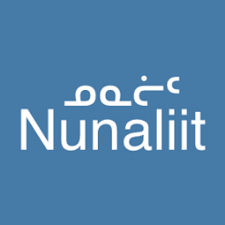Nunaliit
The Nunaliit Atlas Framework aims to make it easy to tell stories and highlight relationships between many different forms of information from a variety of sources, using maps as a central way to connect and interact with the data.
Description
Nunaliit has been designed to make it relatively simple to create interactive mapping web sites based on your data and multimedia, and to permit web users to contribute additions and changes where permitted. By default, it uses a very flexible document oriented database to store any text-based attributes or data objects.
Altas creators may create a series of "schemas" to help define how to display and input documents that share a common set of attributes including geometries and relationships to other schemas. This flexible system allows for iterative development of functionality as you begin to see patterns in the data. Your editor users can create their own attributes and provide any sort of attachment. As the data evolves, schemas and atlas functionality can be modified to accommodate attributes or attachment types that might not have been originally anticipated.
Documents can have any number of attachments such as zip files, images, videos, office documents, mapping data, etc. Many popular image, video, sound, and location formats can be accepted and converted to web-ready formats by the Nunaliit server-side automatically.
A modern HTML/CSS/JS web client with OpenLayers mapping functionality is served to a user's browser and interacts with the database and a handful of media conversion servlets to permit rich interactivity with the data and editing/uploading of content and map geometries.
Nunaliit has also been designed to support distributed multi-master atlases at remote locations including map-less remote offline use on mobile devices for video, photo, sound, and location recording as well as document, attribute, and schema editing. At the moment, a developer build of an iPad application exists and has been tested in the Yukon and Northwest Territories by a partner group. Efforts are underway to support Android devices as well.
